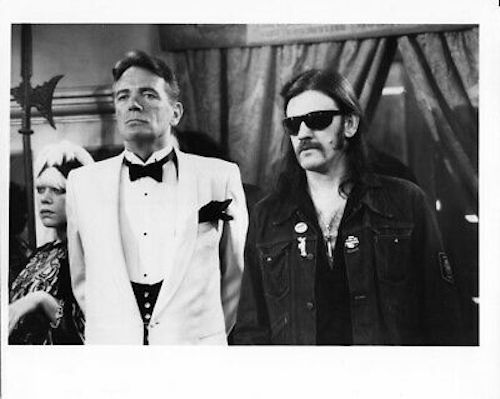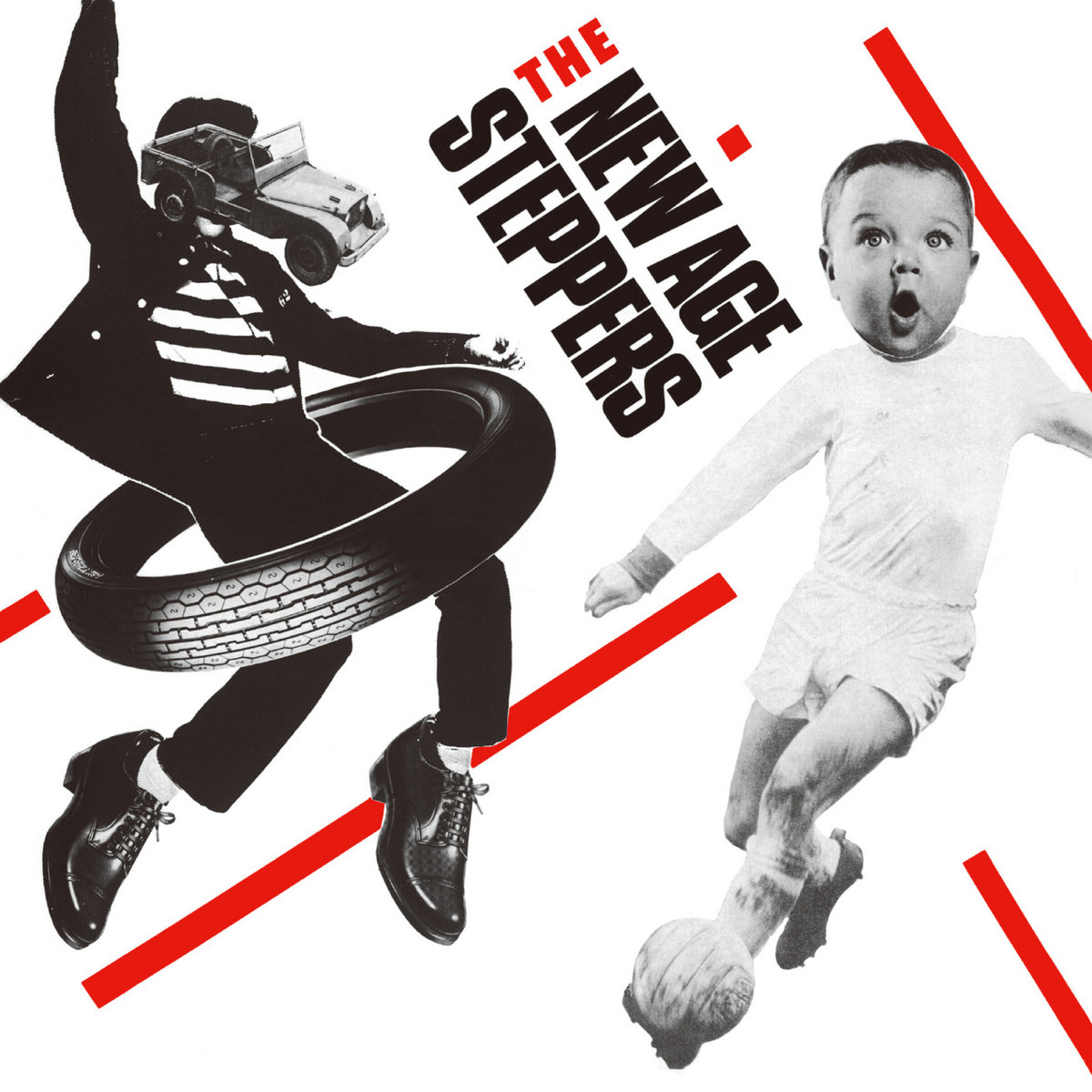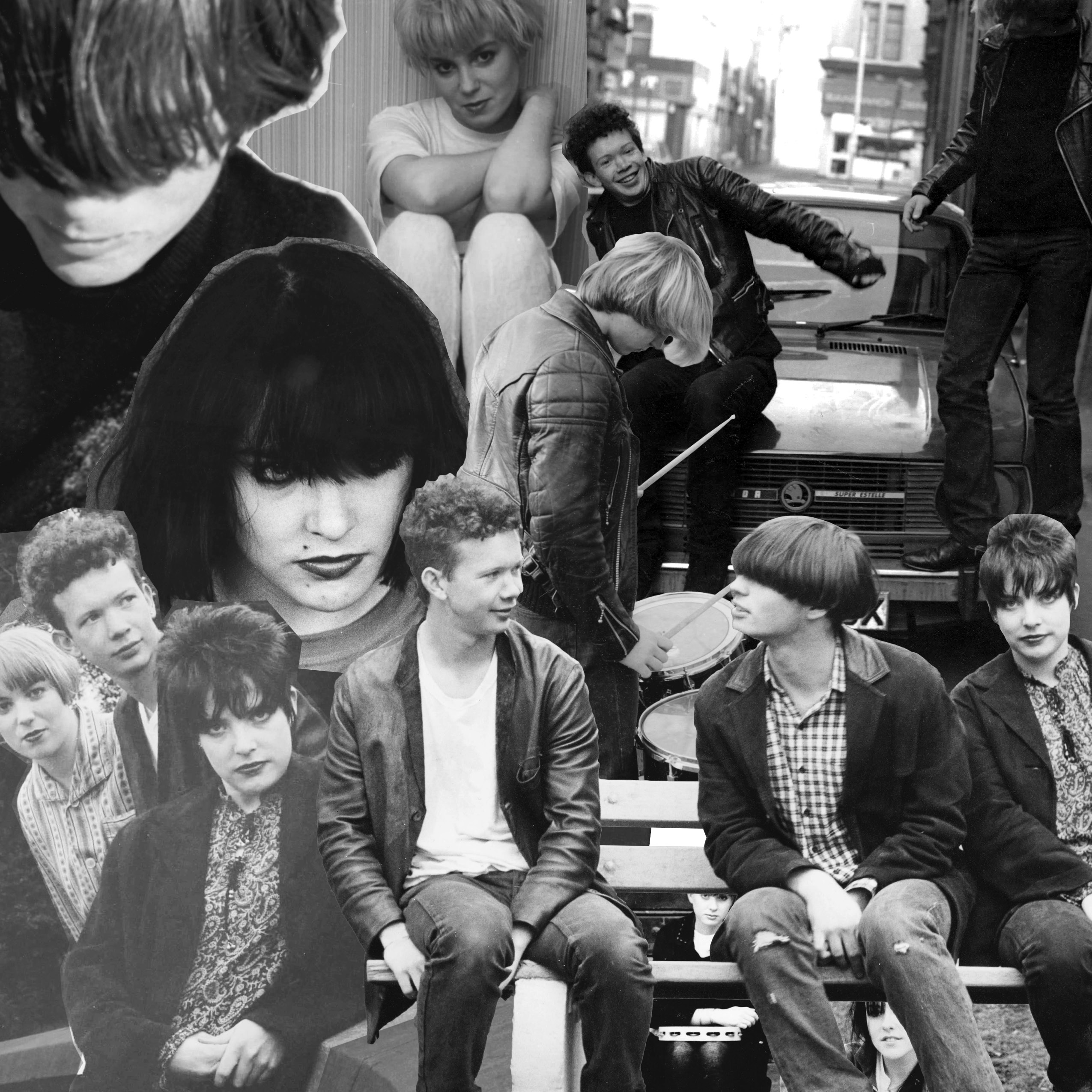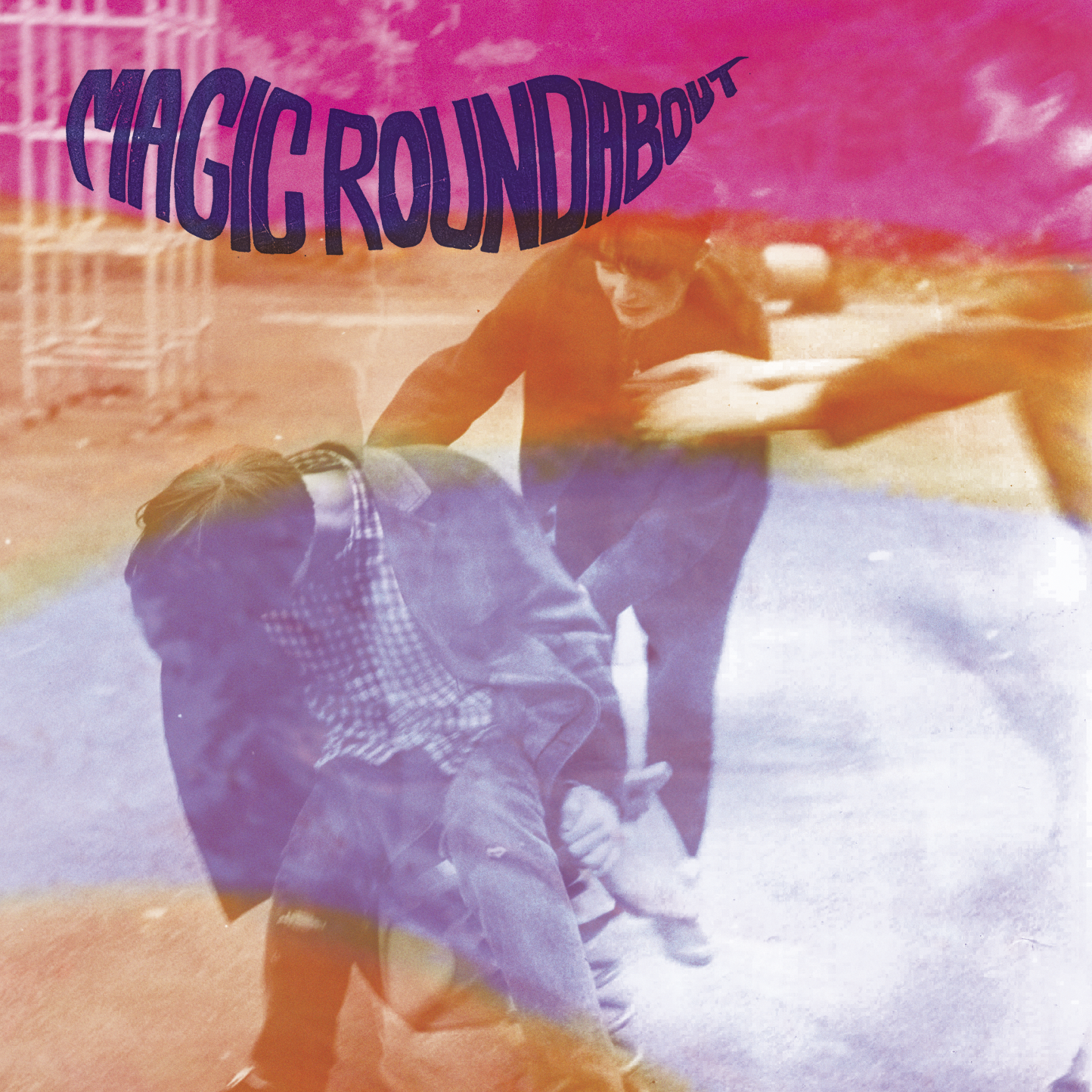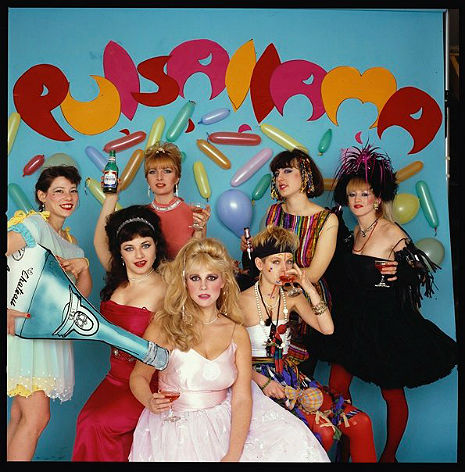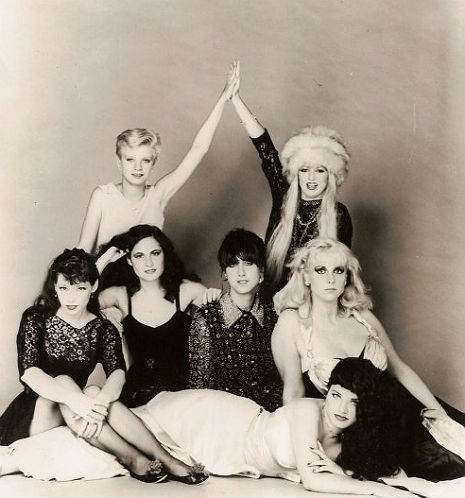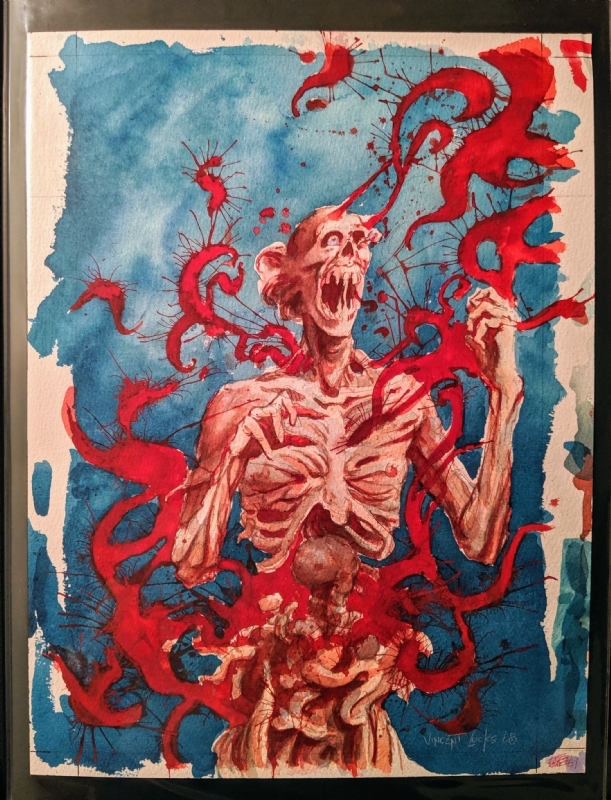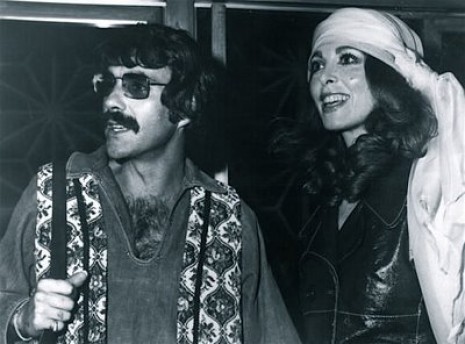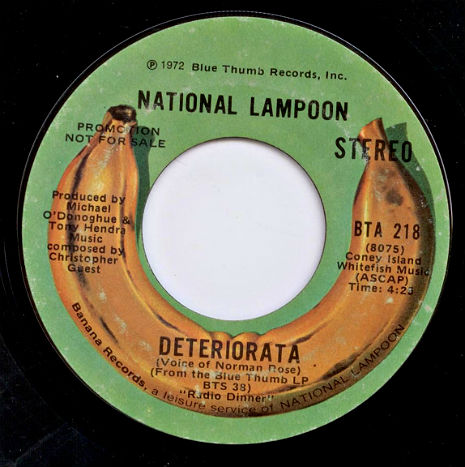
There is a (relatively speaking) lesser-known recording of David Bowie’s “Rebel Rebel” that was done in New York in 1974 and commonly known as the “U.S. Single Version.” Some of you will know this, some of you won’t. Even if you do, it’s fun to hear it again.
This furious variation on the song, released only as a 7” record (backed with “Lady Grinning Soul” and attributed only to “Bowie”) was out just for a few months when it was withdrawn and replaced with the album version. It’s a more uptempo, far more aggressive take on “Rebel Rebel” with Bowie himself allegedly playing all the instruments, save for the frenzied congas which were played by Geoff MacCormack.
Bowie’s guitar sounds like Keith Richards playing a rusty Strat through a transistor radio and he’s added the chorus of the “li li li li li li li li li li” bits not present on the LP version. It’s heavily phase-shifted and the vocals are a bit more shouted. All in all, I think it’s actually slightly superior to the better-known album track, although I love that one, too. Just an opinion.
This was (and still is) the loudest cut record I have ever heard. If you drop the needle on this baby with the stereo at a normal volume, it will blow your speakers (and ear drums) out. It always sends me diving for the volume knob before my speaker cones blow.
Here’s something from a posting about “Rebel Rebel (U.S. Single Version)” from the merry audiophile maniacs at the Steve Hoffman Forums:
Rebel Rebel (Bowie): three different versions exist. The familiar version was released in edited and remixed form (4’22” instead of 4’31” and much more echoey than the album version) as the the first single from Diamond Dogs (RCA LPBO 5009). The Australian Rebel Rebel EP (RCA RCA 20610) features a shorter 4’06” edit. Further mixes of this version are found on bootlegs: a ‘dry mix’ (“BBC Version”) was released on Absolutely Rare (no label) and The Axeman Cometh (DB003) has a “Mix 1”, supposedly from a 1973 acetate, but this version is very similar (if not completely identical) to the regular single edit.
The second version (often referred to as the US or “phased” version) is rumored to be played entirely by Bowie. It was released in May 1974, three months after the first issue, but only in the US, Canada (both RCA APBO-0287) and Mexico (RCA SP-4049). The US single version was re-released on several bootleg singles and albums, before officially appearing on Sound + Vision II and the 30th Anniversary 2CD Edition of Diamond Dogs.
There are two versions that you can pick up on Discogs. It’s the Hollywood pressing that’s the really crazy loud one.
The performance of “Rebel Rebel” on David Live has a similar arrangement to US single version.
Lip-syncing to the more familiar album edit on Dutch television’s TopPop in 1974. Afterwards, Bowie is presented the Dutch Edison award for sales of Ziggy Stardust and served “an old fisherman’s drink” called Schelvispekel.







.jpg)

